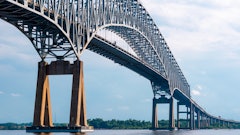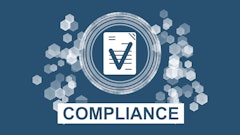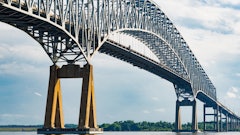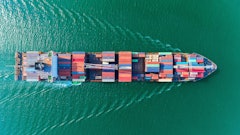Manassas, VA.—Aug. 30, 2012—Insight, Inc., an international provider of supply chain planning, believes that Cap & Trade Restrictions are growing in importance to the C-Suite due to recently adopted regulations in California. The California Air Resources Board (ARB) established a new cap-and-trade program that will launch on Jan. 1, 2013; it places a “cap” on the aggregate greenhouse gases (GHG) emissions from entities responsible for roughly 80 percent of the state’s GHG emissions. In light of these restrictions, businesses need to be more efficient in their supply chains by modeling energy consumption and carbon emissions.
The Global Warming Solutions Act of 2006 (AB 32) established the goal of reducing greenhouse gas emissions in California to 1990 levels by 2020. To help achieve this goal, ARB will issue carbon allowances that businesses will, in turn, be able to “trade” (buy and sell) on the open market. Called “Cap and Trade,” it is a method for regulating and ultimately reducing the amount of pollution emitted into the atmosphere. If they exceed this cap, a penalty is ensued, so companies buy carbon offsets from other companies who are more efficient and willing to sell their credits. Currently, this restriction is in effect in Europe and soon California, but other states and countries will establish these restrictions soon.
“Cap and Trade is similar to a capacity constraint in your supply chain network where companies only have, for example, certain capacity on their production lines,” says Jeff Karrenbauer, president of INSIGHT, Inc. “You can add an additional shift and pay overtime, or buy more warehouse space, or add another production line. These additional capacity constraints must be designed into your supply chain. This requires companies to think holistically across all facility types and activities.”
“To design for these restrictions, you have to first establish a baseline with your supply chain data. Then try to optimize the supply chain and apply these restrictions doing what-if scenarios. If you are trying to make your supply chain more efficient, then you will have to design your supply chain for less energy usage. You can do this by maximizing shipments, such as getting away from less than truckload (LTL) and going more towards truckload (TL) and intermodal,” Karrenbauer adds.
Insight provides tools that allow companies to design their supply chains with energy efficiency and to understand the environmental impact of their supply chains so they can make forward-looking decisions to both reduce costs and harmful emissions. Insight’s solutions help companies rapidly create and implement green supply chain initiatives. This software contains a carbon emissions database that allows businesses to assess their carbon footprint, then model “what if” scenarios to make better environmental decisions. The solution models and analyzes trade-offs between production, warehousing, transportation costs, and service level requirements to find ways to reduce emissions.
For more information, visit http://www.insightoutsmart.com.


























